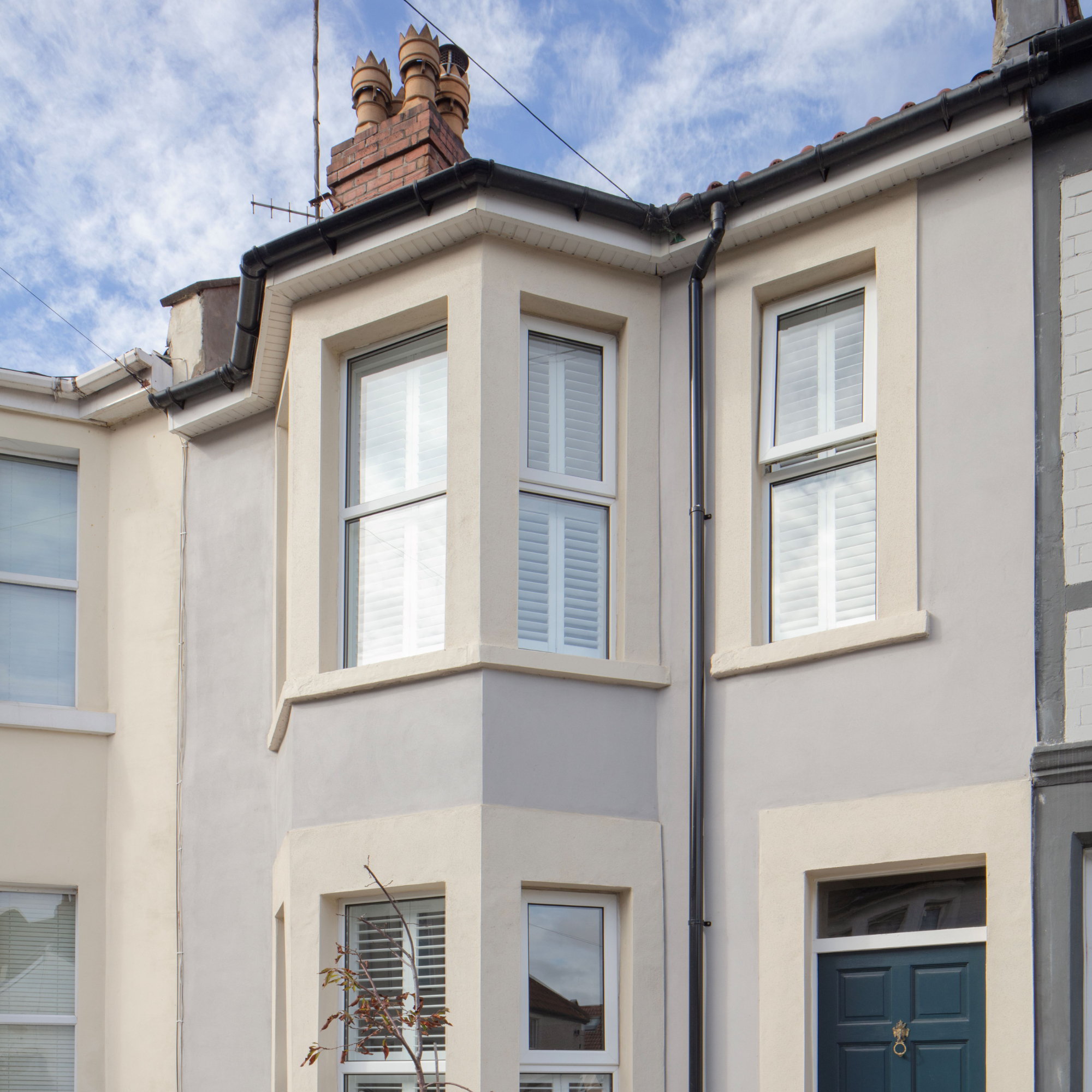3 things you must check after Storm Ciaran to protect your home from further damage
Before your morning cuppa, it may be worth checking out these things first


Storm Ciaran hit the UK on Wednesday night, bringing heavy rain and wind into Thursday, too. Many parts of the country were under multiple warnings and urged to stay at home, with hundreds of schools forced to shut along with disruptions across public transport.
Now, in the calm after the storm, you may likely find yourself keen to assess the storm damage to your home as well as frantically search for ways to save your garden from heavy rainfall after yesterday.
Property experts reveal the first thing you should do this morning to prevent any further damage from occurring in your home.

3 property checks to carry out after Storm Ciaran
'Unfortunately, storms are becoming more common at this time of the year, causing a lot of damage for homeowners,' starts Tabitha Cumming, property expert at The Lease Extension Company.
'If you are worried about the effects of the storm on your home, once it has settled you should do and check the following things.'
1. Check the roof
'Check the exterior of your property immediately, especially your roof as this is often one of the main points of damage during a storm,' advises Grant Findley, storm and roofing expert at Findley Roofing.
'You will want to be vigilant and look for large pieces of debris as well as missing or broken tiles, when left untreated this could result in serious damage. Leaving large pieces of debris on your roof has the ability to place further stress on the structure of your home, so we recommended removing this as quickly as possible.'
Sign up to our newsletter for style inspiration, real homes, project and garden advice and shopping know-how

Additionally, seeing as it's officially rainy, stormy season, if you happen to be hit by a second wave of bad weather, a missing roof tile can sometimes lead to flooding or even roof collapse. This is why roof maintenance is extremely important at this time of year.
Experts at Toolstation, Danielle Robinson, plumbing and drainage category manager and Matt Kent, landscape and category manager continue, 'You should also check inside your loft for any leaks. Telltale signs to look out for include cracks of light coming from outside, a breeze or strong airflow, and discoloured insulation.'

2. Check the gutters
'Similarly, your guttering should be checked for damage and debris blockages as this can result in water ingress and left untreated dampness can form inside your home,' continues Grant.
Danielle and Matt add, 'Throughout the Autumn months, gutters can become filled with fallen leaves and other debris. It's important to clear all of this out to prevent them from overspilling.'
It might even be worth investing in gutter guards to help you prevent further damage to your guttering from bad weather.

3. Check garden fencing
Unfortunately, our gardens often take the first hit when it comes to torrential rain and wind. So, as well as taking measures to improve your lawn's drainage post-storm, ensure your garden fencing is all intact and durable enough, too.
'Check your garden fencing for any loose or damaged panels that could have come loose in any high winds. For any cracked, or broken fence panels, replace them with a new stronger one,' advise Danielle and Matt.

What to do if your home has been damaged
Once you've carried out these property checks after the storm and you do in fact notice damage to your home, don't panic.
'Check what you are covered for on your home insurance policy,' starts Ceri McMillan, spokesperson at Go.Compare. 'Does your policy cover you for damage to garden furniture, plants etc. Does it offer emergency cover, if a roof tile has flown off and there is water coming in? That kind of thing.'
'Check the extent of the damage, mark the time it took place, where the damage is and what it is affecting and if possible, take some pictures. Then get in contact with your insurer.'
'It might be necessary to make temporary repairs to stop damage from getting any worse, but if you can you should call your insurer's emergency helpline first for advice. If you do need emergency repairs, keep any receipts for this work as well, as these will form part of your claim.'

Ceri continues, 'When it comes to making a claim you should have the relevant details of your policy to hand and any details you can provide about the reasons for your claim and what you're claiming for. This will include things like any photos or videos of the damage.'
'Although it may be tempting to tidy up, if no further damage is being caused to your home and if the damage isn’t causing a hazard, leave things as they are in case a loss adjustor needs to visit to assess your claim.'
She concludes, 'The most important thing is to keep your insurer informed and speak to them regularly about the claim, the damage and any subsequent issues.'

Jullia was Ideal Home’s Junior Writer from 2022-2024 and the Ideal Home Certified Expert in Training on Vacuums having spent over 60 hours testing different models. She’s always loved all things homes and interiors, graduating with a bachelor’s degree in Architectural Studies from the University of Nottingham where her love for writing blossomed following her internship at ArchDaily. Now focused on home tech and cleaning, Jullia works on writing features and explainers to help people make the most of their home appliance investments, putting the newest launches through their paces. When she isn’t writing, she loves exploring the city, coffee shop hopping, and losing hours to a cosy game or book.